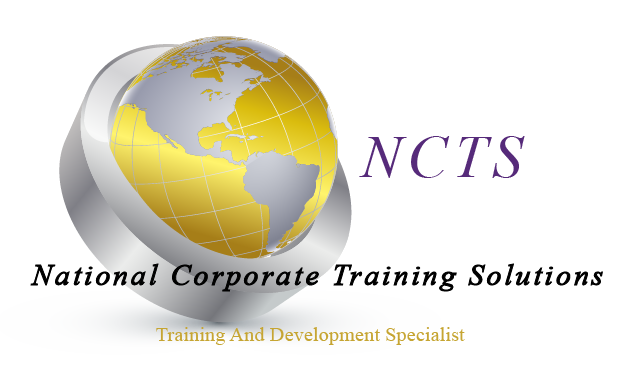Workplace Harassment & Cultural Sensitivity
Outline
(4 Hr Online)
Course Description:
Harassment can be based on a variety of factors that differ from the one doing the harassment, such as race, sex, and disability. Experiencing uncomfortable situations in the workplace may be more than an offense against an individual. It can be a crime committed against the law, which is why this topic has become very important for every organization. This course will help give participants the tools necessary to recognize harassment in the workplace as well as understand your rights and responsibilities under the law, with regard to safety in the workplace. Through this course, your participants will recognize that it is necessary for everyone to help create programs that teach employees to identify harassment and exercise anti-harassment policies.
Course Duration: 4 Hour Online (Instructor Led)
Course Objectives:
Upon completion of this module the trainee will be able to understand:
· Define harassment, and understand the history and laws relating to workplace harassment in America.
· Differentiate between the different types of harassment (quid pro quo and hostile work environment) and how to recognize them in the workplace.
· Recognize the protected classes and think critically about their issues in the workplace.
· Identify steps to take when you or someone you work with is being harassed, and what steps to take if you are accused of harassing someone you work with.
· Define culture and cultural sensitivity, and correctly apply the vocabulary relating to cultural diversity in the workplace.
· Think critically about your own stereotypes and biases and learn how to combat them.
· Learn techniques to communicate verbally and nonverbally in a culturally sensitive manner.
Course Outline:
1. Getting Started
a. Meet the instructor
b. Housekeeping items
i. Workshop materials
ii. Using Zoom to learn & communicate
iii. Code of conduct
c. “Seeing Stars” Icebreaker Activity
d. Why are we here today?
e. Pretest
f. Learning objectives
2. Understanding Workplace Harassment
a. What is Harassment?
i. Harassment history & law
1. Title VII
2. Other important laws & court rulings
3. Protecting the whistleblower: Retaliation
ii. Harassment types
b. Impact vs. Intent
c. What Isn’t Harassment
d. Review Activity
3. The Protected Classes, Part I: Race, Color, National Origin, & Religion
a. Race, Color, & National Origin
i. Vocabulary
ii. Case study
b. Religion
i. Vocabulary
4. The Protected Classes, Part II: Gender Discrimination & Sexual Harassment
a. Gender Discrimination vs. Sexual Harassment
i. Understanding the difference
ii. Sexism/gender discrimination in the workplace
1. Case study
iii. Sexual harassment
1. Types
2. Case study
iv. Pregnancy
b. Sexual Orientation & Gender Identity
i. Vocabulary
ii. Looking towards the future
5. The Protected Classes, Part III: Age, Disability, and Other Issues
a. Age
i. Vocabulary
ii. Are all ages protected?
b. Disability
i. Vocabulary
ii. Case study
c. Additional Protected Classes: State Location Matters
6. Dealing with Harassment in the Workplace: Policy & Procedure
a. Employer & Employees
i. Rights
ii. Responsibilities
b. If You Are Being Harassed
i. Procedure
ii. Using Bold Phrases
c. If You Are Accused of Harassment
i. Procedure
ii. What about false accusations?
d. Maintaining Confidentiality
7. Healing After a Harassment Incident
a. Tying Up Loose Ends
b. Steps to Healing
c. What If My Case Wasn’t Handled Fairly?
8. Cultural Sensitivity & Diversity in the Workplace
a. Understanding Cultural Sensitivity
i. Vocabulary: Diversity, Sensitivity, & Equality vs. Equity
ii. Finding our cultural identity
b. Stereotypes & Biases
i. Vocabulary
ii. Unpacking your baggage: confronting your own biases
9. Culturally Sensitive Communication
a. The Communication Process
i. The Encode-Decode Model of Communication
ii. Vocabulary
b. Nonverbal Communication
i. Paralanguage
ii. Body language
c. Active Listening
d. Communicating for Change
10. Creating a Culturally Sensitive Workplace
a. Educate, Educate, Educate!
b. Encouraging a Dialogue
c. Celebrating Diversity
11. Wrapping Up: Workplace Harassment & Cultural Sensitivity
a. Review & Reflect
b. Post-test
NCTS courses can be customized by content, length of course and format delivery.

